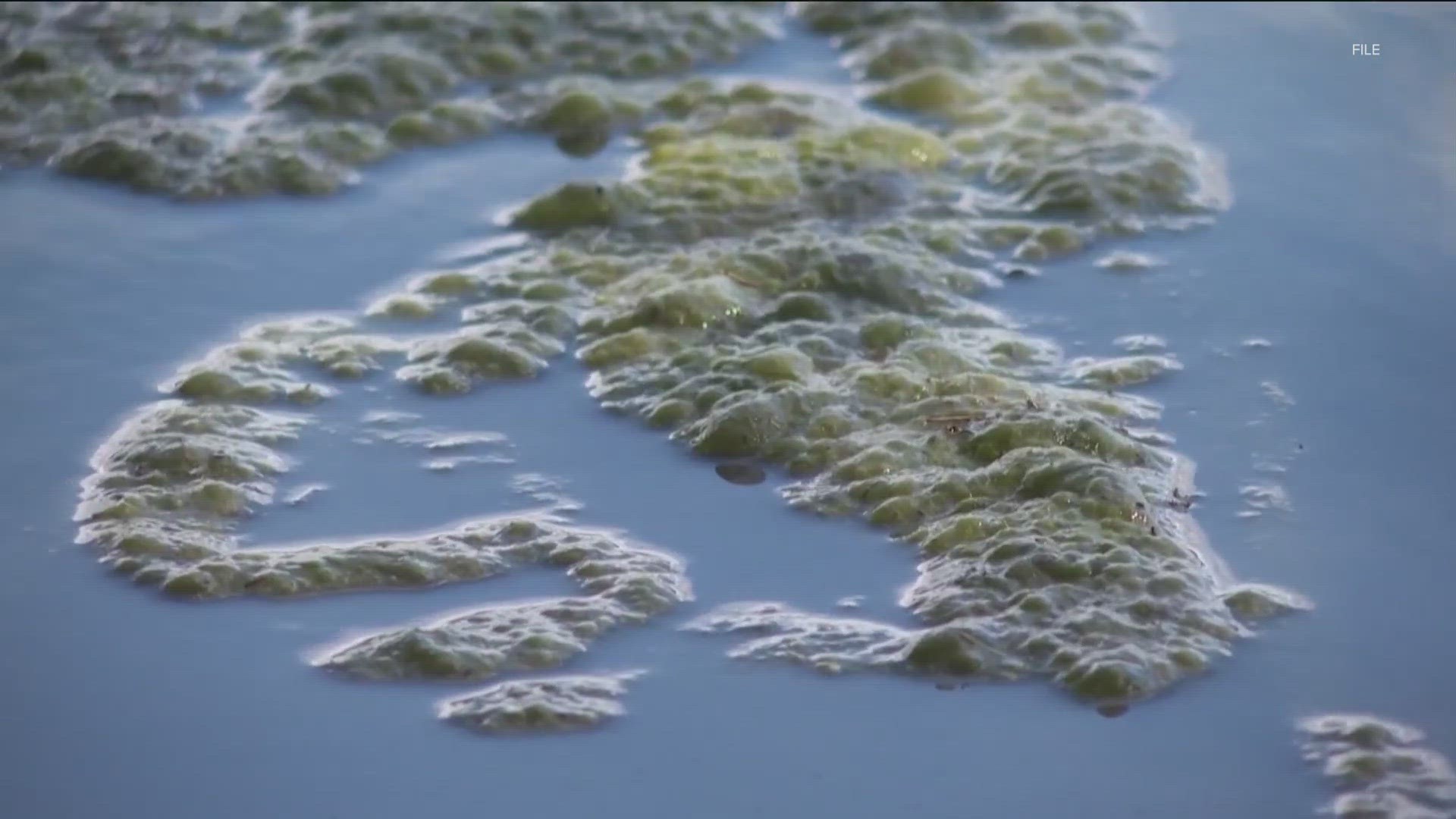AUSTIN, Texas — Since 2019, harmful blue-green algae has been found in Austin's Lady Bird Lake.
This type of toxic algae tends to be more common during hot and humid summer months.
“Things are hot, things are dry – that's a recipe, usually, for a more intense bloom or proliferation season," Dr. Brent Bellinger, the conservation program supervisor with the city's Watershed Protection Department, said.
The city has worked to fight this issue by implementing a five-year pilot program to reduce the amount of algae, also known as Cyanobacteria, found in the popular swimming spot.
And now this year, the city is also asking for the public's help in taking care of the water.
How can Austinites help?
According to the Watershed Protection Department, one of the best ways to reduce the harmful algae can be done on an individual level.
Residents who live nearby are urged to clean up after their pets and decrease their use of fertilizers. Planting grasses, trees, shrubs and more is another way to limit pollution in the water.
“Something like a lawn, you're fertilizing it constantly, mowing this and that, you know. So you're losing, water and nutrients from these built landscapes," Bellinger said. "They end up in our creeks, [and that] fuels algae growth in the creeks.”
By limiting what the algae has less to feed on, it won't be able to spread as quickly.
The algae doesn't just come from residents, though. Additional factors – like septic tanks, climate change and zebra mussels – also play a role in its continued growth.
City efforts
Starting June 3, the city will continue its efforts to deal with the Cyanobacteria by dumping clay into three areas of the lake: Red Bud Isle, the north shore boat ramp (new in 2024) and the north shore near the Festival Beach Boat Ramp.
The clay has been sprayed into the water in previous years. It combines with phosphorus to "rob the algae of one of its primary food sources and reduce its growth."
The impact of the clay has varied, as Red Bud Isle has seen success in June, but not in July or August. Near the Festival Beach Boat Ramp, the algae has grown as usual throughout the spring and summer months, making the clay relatively ineffective in that spot.
The history of blue-green algae on Lady Bird Lake
The blue-green algae first became a cause for concern back in 2019, when a 2-year-old golden retriever died after swimming in Lady Bird Lake. The dog's owner believed Cyanobacteria was responsible for her otherwise healthy pet's death.
Three years later, another dog died after swimming in "Barking Springs," near Barton Springs Pool. The algae was then detected in waters nearby.
Since those incidents, many dog owners in Austin have had fears about the water.
“We used to take her on the paddleboard all the time," Adrian Mosser said. "We can’t do that anymore, unfortunately, which breaks our hearts ... We've been like, way too scared to let her near any of the natural water."
This year, the Watershed Protection Development will again add more clay to the lake in July and August. Next year marks the end of the city's pilot program, which costs approximately $300,000 annually.

